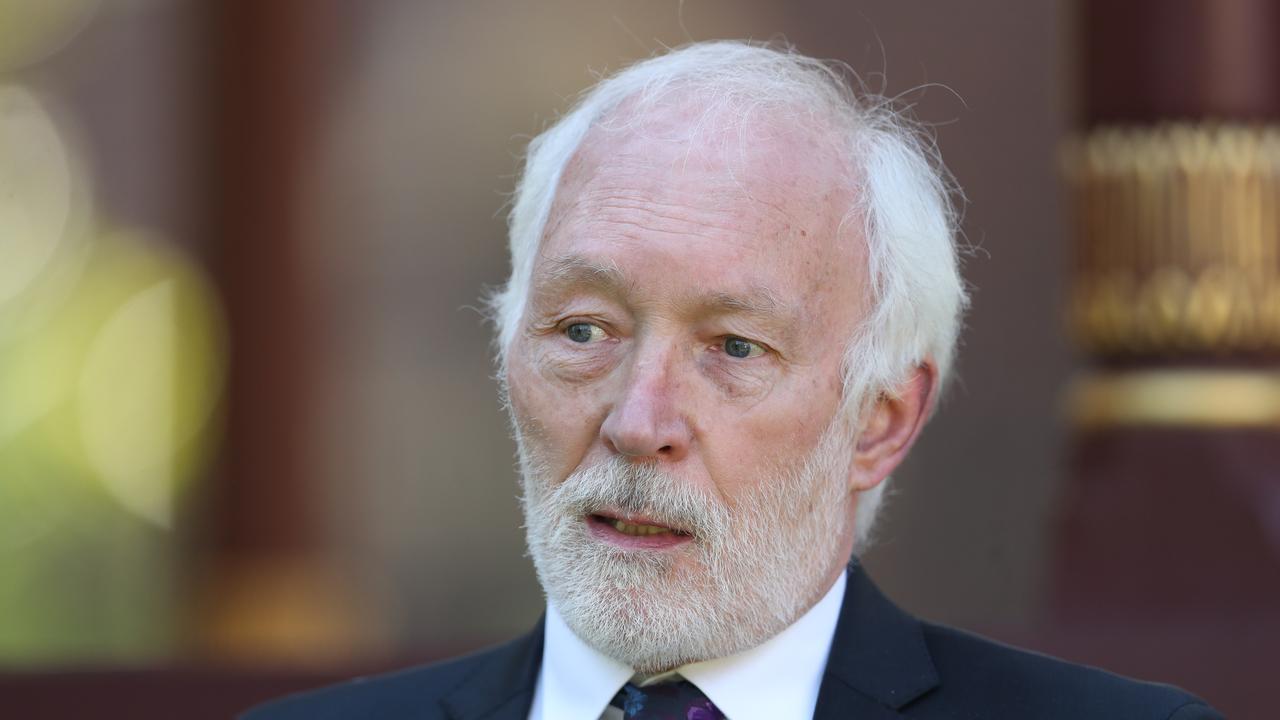Expanded access to NDIS the focus for Productivity Commission
The former Labor government may have erred in its decision to significantly expand the NDIS.
The former Labor government may have erred in its decision to significantly expand the National Disability Insurance Scheme eligibility criteria when the $22 billion project was legislated, potentially threatening its sustainability.
The Productivity Commission will investigate the issue and a litany of other “cost factors” which will influence the final design of the scheme set to provide uncapped, individual funding support to 460,000 people by 2020.
An issues paper, released yesterday, highlights a series of pressure points previously revealed by The Australian, which include the “higher than expected numbers of children” — largely with autism and developmental delays, fewer participants leaving the scheme and increasing costs of support over and above inflation, and the impact of ageing.
“The number of people approaching the scheme in some of the trial sites that have been operating since 2013 is more than would be expected if only people with newly acquired conditions were approaching the scheme,” the paper says.
When the Productivity Commission modelled the NDIS it did so for a scheme that would benefit 411,000 people at a mature cost of $13.6bn gross. The scheme was later expanded by the Gillard government.
“For the most part, the eligibility criteria set out in the NDIS Act matches the recommendations from the commission (2011), however, there are two key differences,” the paper says.
The commission says the disability criteria were extended in the legislation to include “substantially reduced functional capacity to undertake the activities of learning or social interaction”.
The original criteria, as set out in the commission’s report, included only the activities of mobility, self-care, self-management and communication.
Secondly, it says, children with developmental delays were included under the early intervention criteria. “To what extent have the differences in the eligibility criteria in the NDIS and what was proposed by the ... commission affected participant numbers and/or costs in the NDIS?” the paper says.
The NDIS agency introduced an early childhood “gateway” designed to funnel children with lower needs away from the scheme, though the commission is questioning what effect this will have on long-term costs.
Weeks after The Australian revealed government modelling showed at least 100,000 people currently receiving individual mental health support will miss out on the NDIS, even as state and federal governments close other programs to fund it, the commission highlights service gaps between governments.
The mental health gaps are a particular concern, it says.
“Poorly defined boundaries between the NDIS and mainstream services can raise the risk of gaps in services, duplication of services and cost shifting between agencies or governments,” the paper says.
The commonwealth carries 100 per cent of the risk of blowouts in participant numbers in every jurisdiction except Western Australia, creating an incentive for states and territories to push responsibilities into the scheme.
State and territory costs for the NDIS will only rise at a previously agreed 3.5 per cent “escalation” factor every year after 2019-20, while commonwealth costs grow at a faster rate.



To join the conversation, please log in. Don't have an account? Register
Join the conversation, you are commenting as Logout